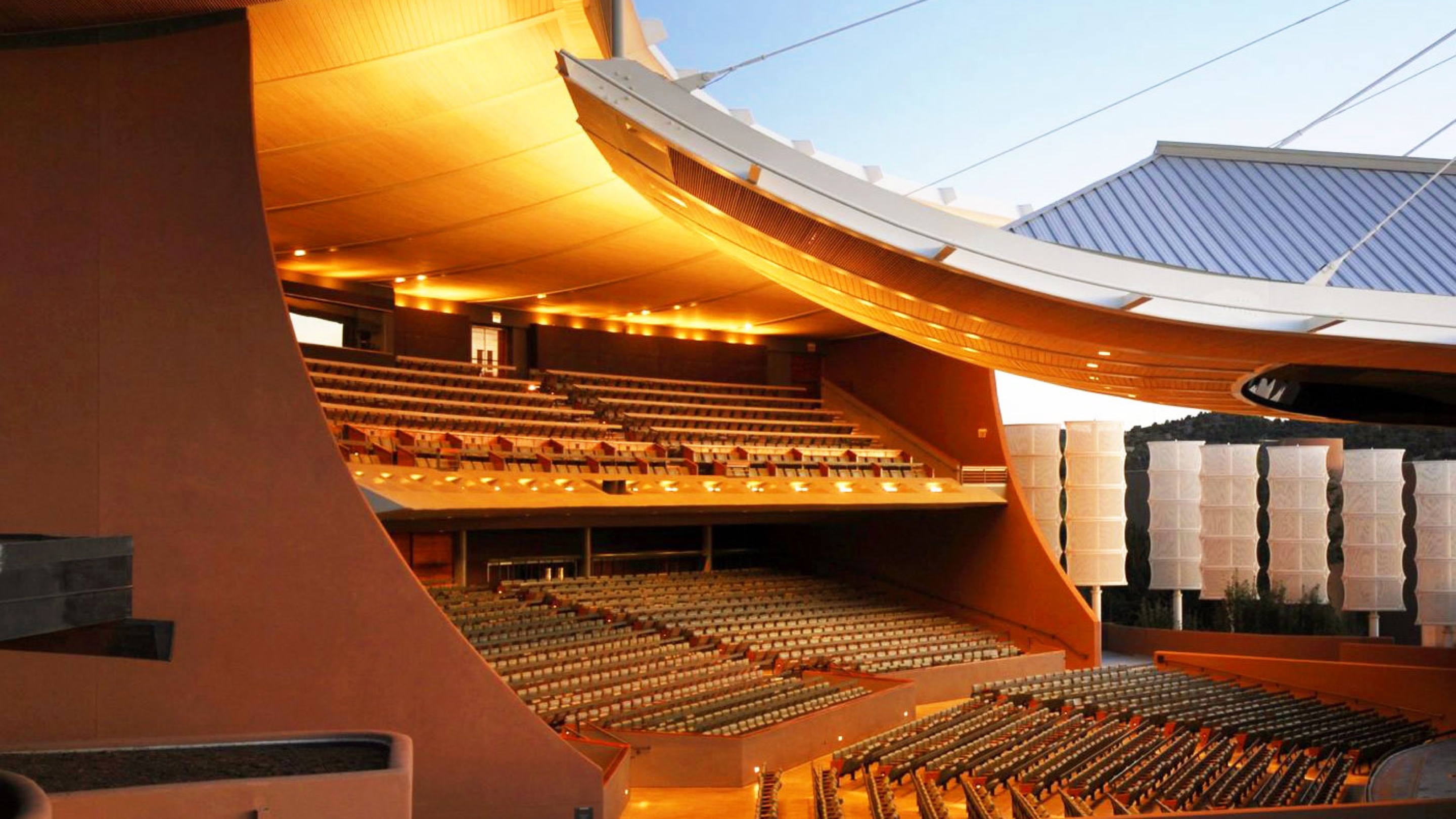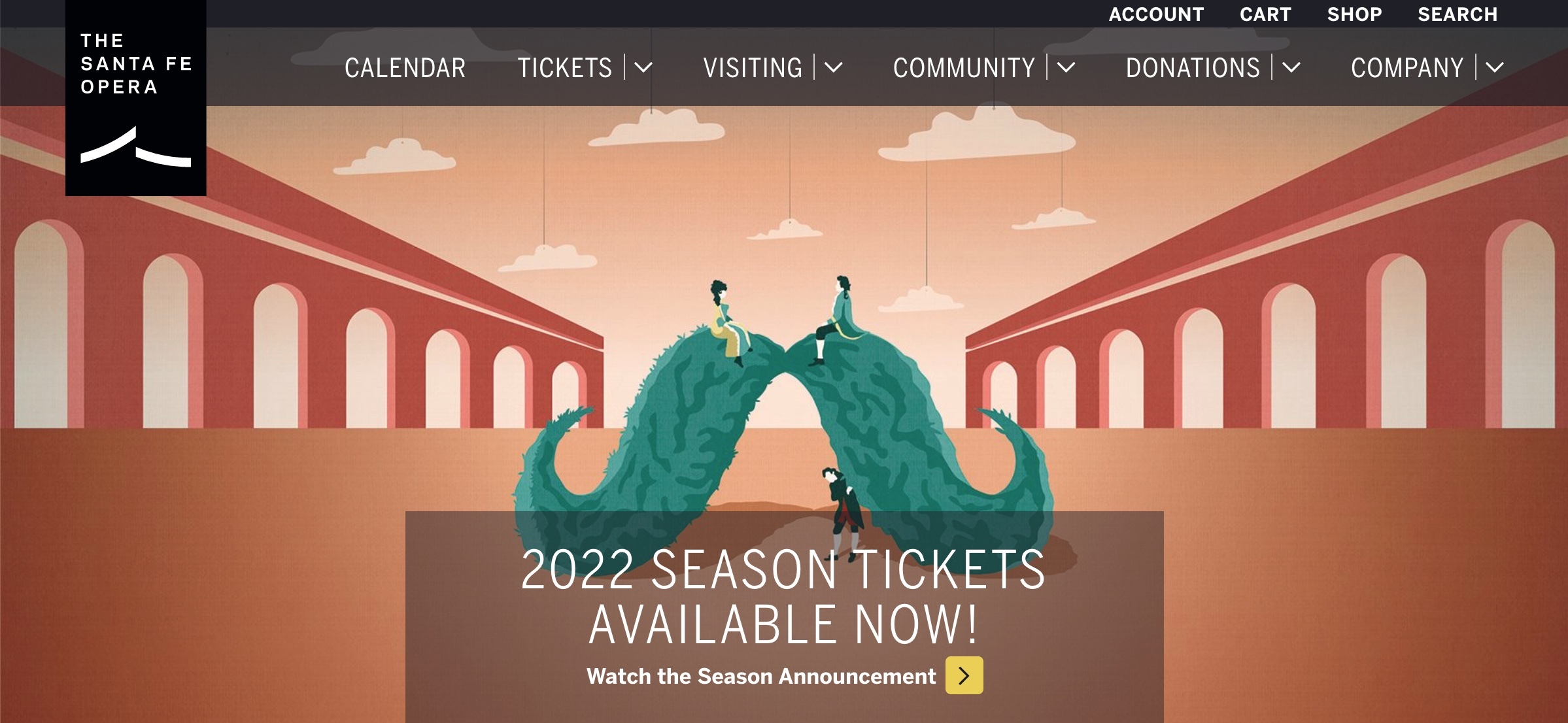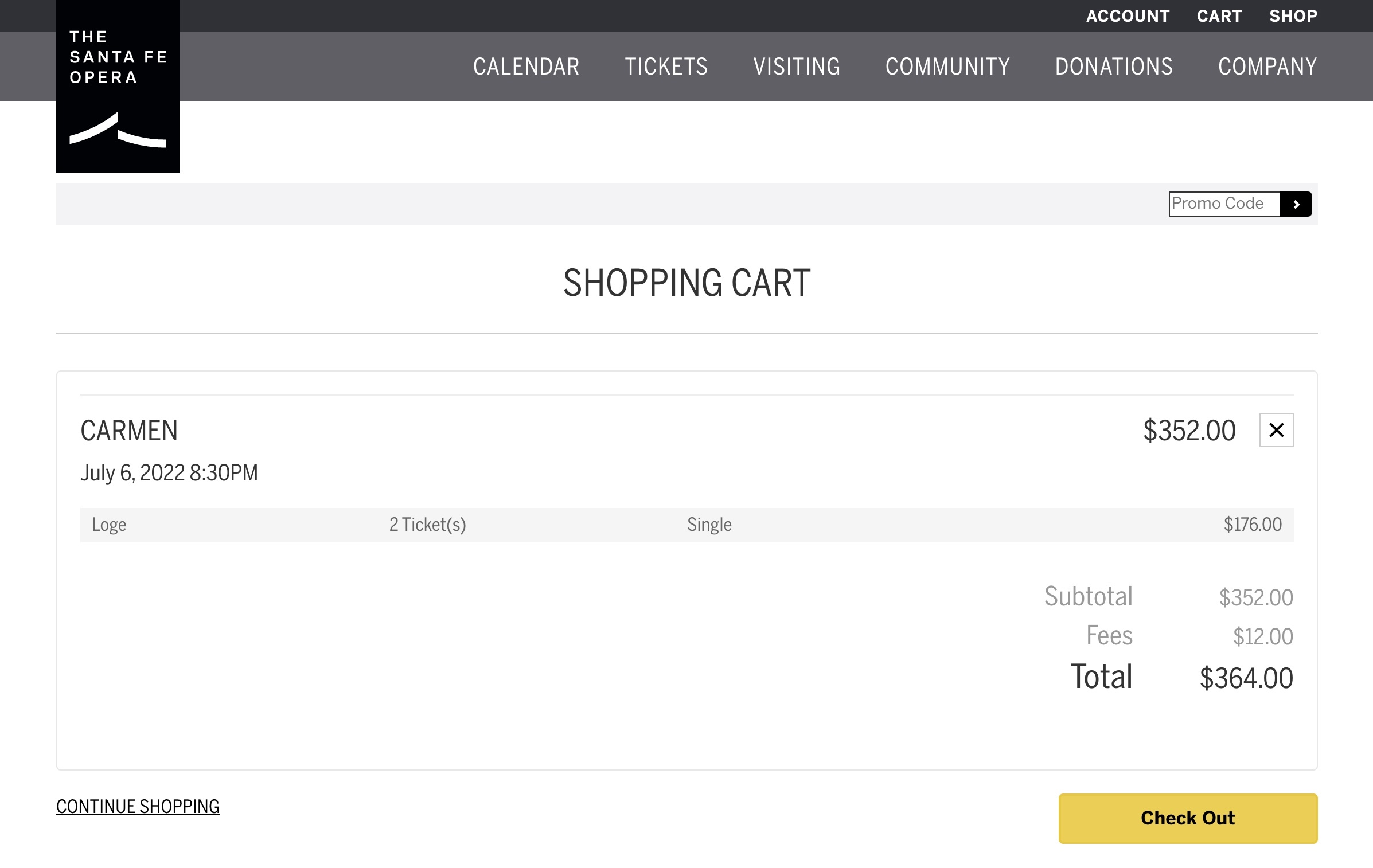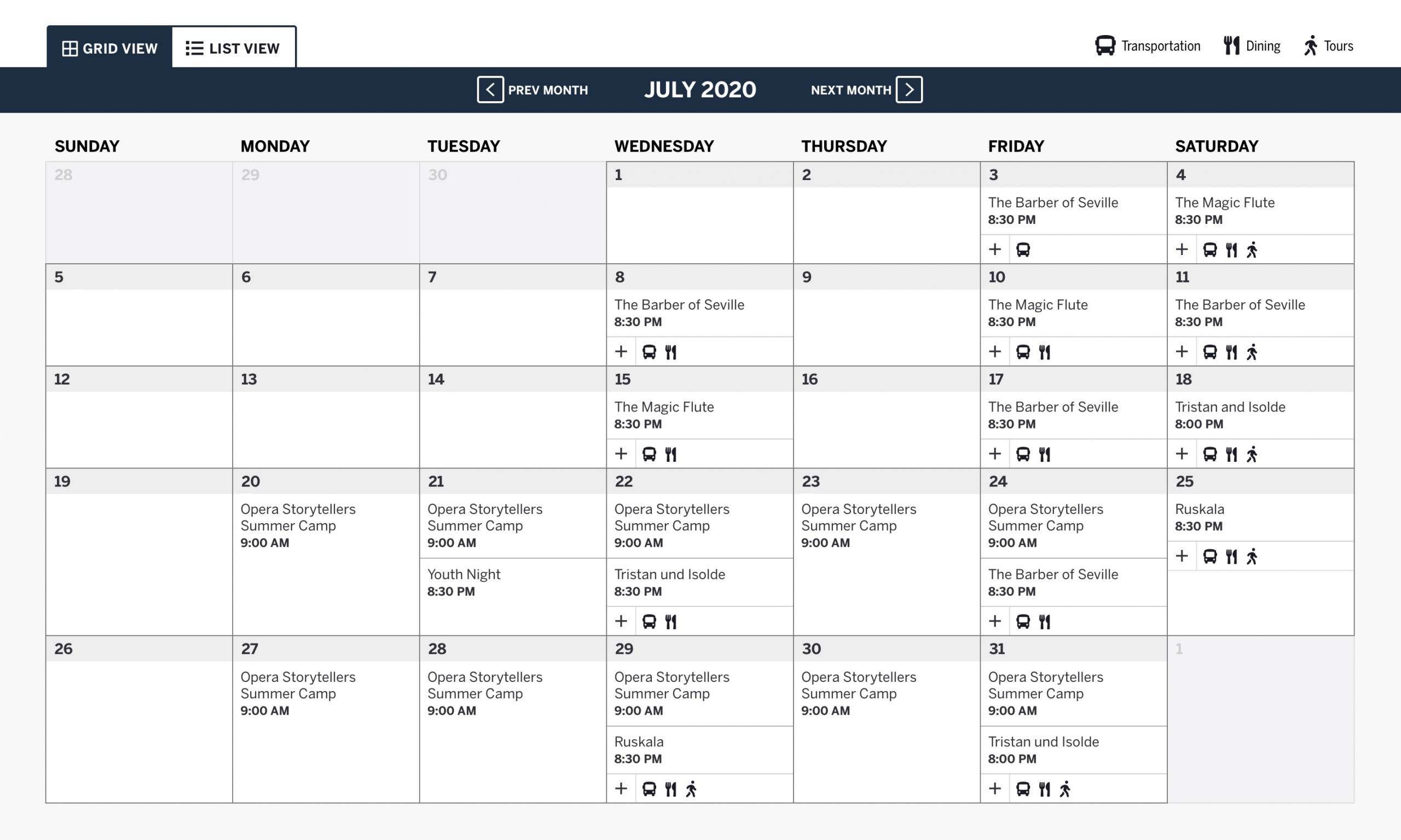Enhancing online journeys: How the Santa Fe Opera optimised their website purchase path

After COVID-19 forced the cancellation of its 2020 season, the Santa Fe Opera (SFO) hoped that audiences would be excited to return for its 2021 reopening. But nothing could have prepared them for the record-breaking results of its on-sale on June 10th.
During its peak, more than 2,500 people were simultaneously accessing tickets on SantaFeOpera.org. SFO experienced the largest single revenue day in company history, four times more than its previous record. Alongside such high demand for performances, SFO also took three times the usual number of donations.
These results proved a remarkably successful test of SFO’s new website and online purchase path, which had launched back in March. The teams at Substrakt and Tessitura worked closely with the SFO to launch both sites to create an easy, enjoyable purchasing experience. Here, we wanted to share how we worked to leverage core features of TN Express Web (TNEW) with customisations that met the needs and expectations of SFO.
Switching to TNEW
The story began more than a year earlier when SFO began planning a redesign of their website. They weighed up the benefits of rebuilding their custom purchase pathway platform against moving to a hosted solution. SFO already uses Tessitura for complete customer relationship management, including ticketing and fundraising. So the team explored the possibility of switching to TNEW, Tessitura's hosted web purchase path.
“We decided we would consider TNEW if our must-haves could be met,” said Tim Hill, SFO’s director of marketing. “It would bring us closer to the Tessitura environment and could make transitions in the Tessitura roadmap easier in the future.”
TNEW evolves with Tessitura. Users receive enhancements and new functionality automatically, on a regular schedule. This simplifies ongoing maintenance and removes the need to keep custom code up to date with industry changes, or compliant with shifting PCI and accessibility standards.
A feasibility study revealed TNEW’s features met most of SFO’s requirements. These included:
- Mobile-optimised design
- Unified cart allowing many types of purchases in one transaction
- Quick donation path
- Mobile ticketing
- Gift certificate purchases and redemption
As a result, SFO decided that TNEW was the best choice but there were still elements of its existing site that they really loved. So when considering how to roll out the upgrade from a cost, branding and user experience point of view, SFO looked to their digital partner Substrakt. Our aim was to integrate a new marketing site with TNEW while retaining some of the original site’s custom functionality.
Customising TNEW for the Santa Fe Opera
Substrakt has designed and developed TNEW-compatible websites for many arts and cultural organisations, with customisations that meet their specific organisational needs. So with the knowledge that SFO needed some specific custom functionalities added to their TNEW site, we proposed a hybrid approach that takes full advantage of TNEW’s flexibility while maximising its out-of-the-box features to reduce costs, development time and overhead.
Our TNEW customisations shared two main goals:
Goal #1: Branding consistency
Organisations can style TNEW to match their brand, creating a smooth transition between their marketing site and the TNEW purchase path. We built upon this flexibility by adding further branding to ensure a seamless customer experience.
This involved matching the design of the TNEW page header with that of the marketing site to enhance consistency. We also simplified the navigation options to eliminate distractions in the purchase journey and therefore increase conversions. Removing certain navigation elements created an enclosed checkout process, which means that (aside from choosing links to the homepage or to continue shopping) customers can only move towards the payment and order confirmation pages once they’ve started their purchase journey.


Consistent branding in the page headers across the marketing and TNEW sites
Goal #2: Improved user experience
When building and designing the SFO’s marketing site, we made sure that the purchase path was easy to find, through some enhancements that made the user journey simpler to navigate. How?
Custom Events calendar
We created a custom events calendar that clearly distinguishes between performances and add-ons, such as transportation, dining and tours. An integration built on Tessitura’s powerful API drives the calendar content. Setup elements such as event attributes determine what information displays on the marketing site calendar.

Demand scaling
We built SFO’s website to make sure that the booking experience was always fast and efficient, even when traffic is high.
The site uses different containers for separate web processes to balance traffic across servers. A multilayered caching solution limits database requests for content that is infrequently updated.
This meant that customers could browse the SFO’s season (including production details and performance dates) before entering the TNEW site. This focuses the purchase journey, reduces drop-off rates, and limits wait times because customers can decide what they want to buy before reaching the sales queue.
Select your own seat maps
TNEW’s select-your-own seat feature lets online buyers choose where they’ll sit from a map displaying the performance’s available seats. We matched the appearance of SFO’s seat map to its physical venue, moving seats from straight rows into soft curves that represent the auditorium’s layout.
We also helped customers visualise what the stage will look like from their selected seat by adding a ‘view from seat’ functionality.
Summary
Setting clear roles and responsibilities was really important to the project’s success, and the TNEW feasibility study helped the SFO team define which organisation would take the lead on any areas that crossed over.
“There were many things that could be done either in TNEW or in WordPress through Substrakt,” Tim said. “We were able to go through and understand what TNEW was capable of, where the crossover was and who would be doing what as we started the project.”
The following four factors were also key to us forming such a successful collaboration:
- Build an internal team that represents the organisation:
The SFO project included marketing, audience services, and public relations staff. A database architect and subject matter experts from each department also participated.
- Set priorities: The team devoted considerable time at the start of the project to understand expectations. “We met with each department to discuss their needs and wants, what they liked about the current site and what they wanted to see happen in the new site,” Tim said. “So, they had buy-in from the beginning.”
- Transparent communications: “Have hard conversations up front and early,” Tim said. “Keep communication clear and straightforward.”
- Keep an open mind: SFO’s project resulted in several adjustments to established business practices. For example, they changed how they handled online modes of sale and how they defined price zones vs. sections. Removing unnecessary customisations also meant that work previously handled by an outside developer could move in-house.
In the end, the SFO team has been very happy with their new site and TNEW implementation. “One of our takeaways is that having a team you can trust and communicate with is key,” Tim said. “The TNEW team, the Substrakt team and the SFO team were all open to being close collaborators to keep the project moving".
“What we created is a beautiful site, and it is functioning so well.”
If you’d like to hear more about anything we’ve talked about here just get in touch, we’re always happy to have a chat:team@substrakt.com